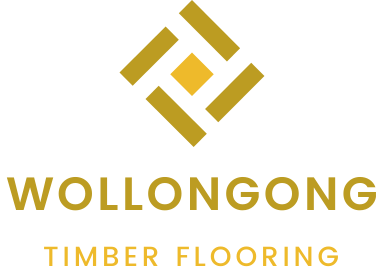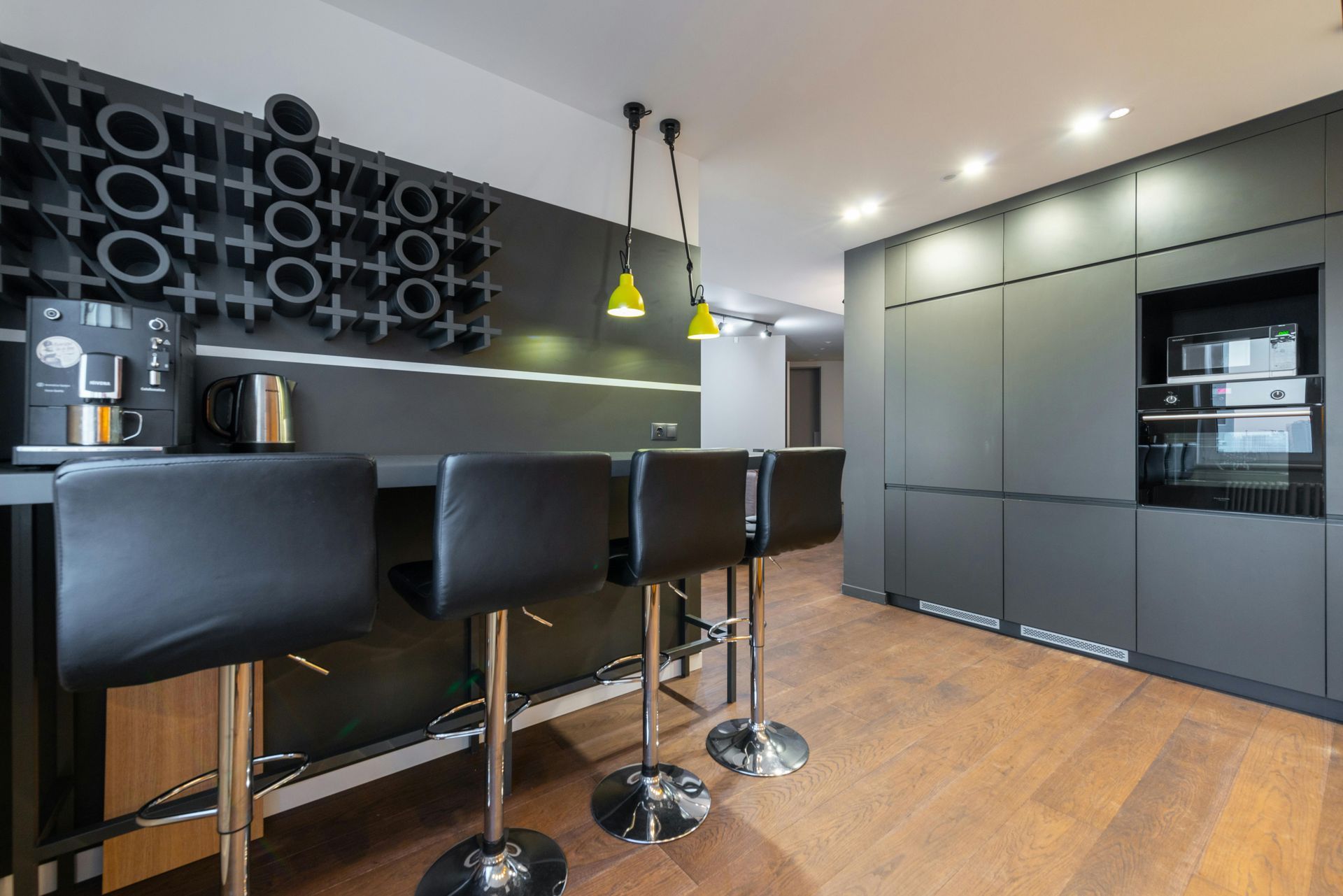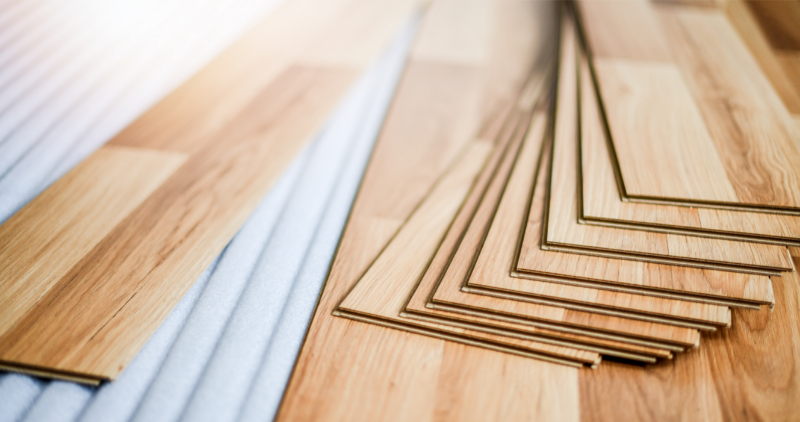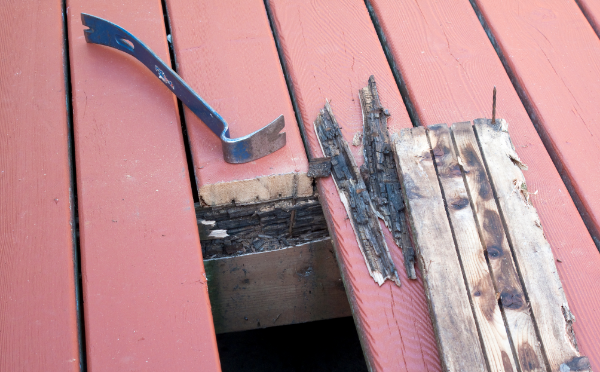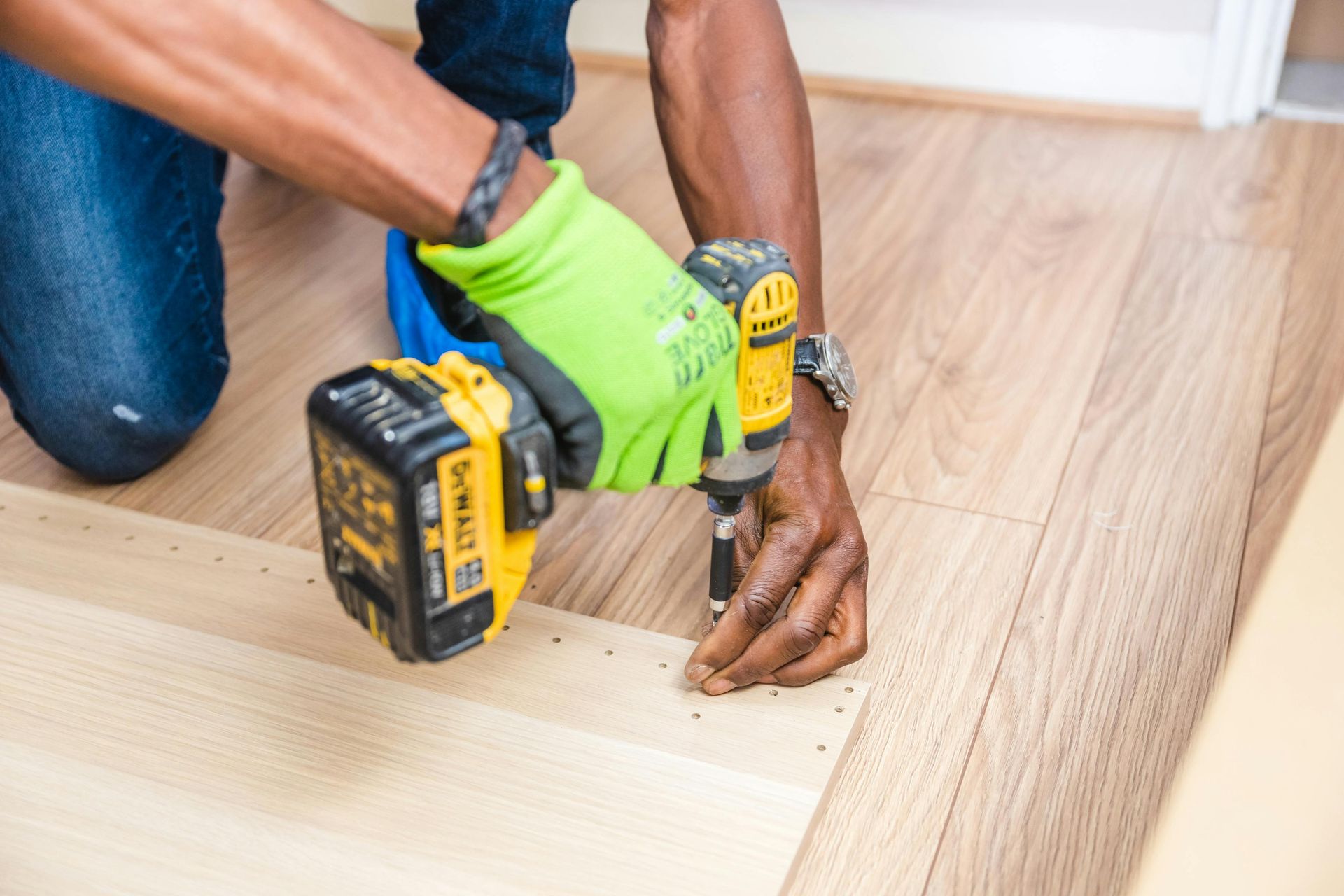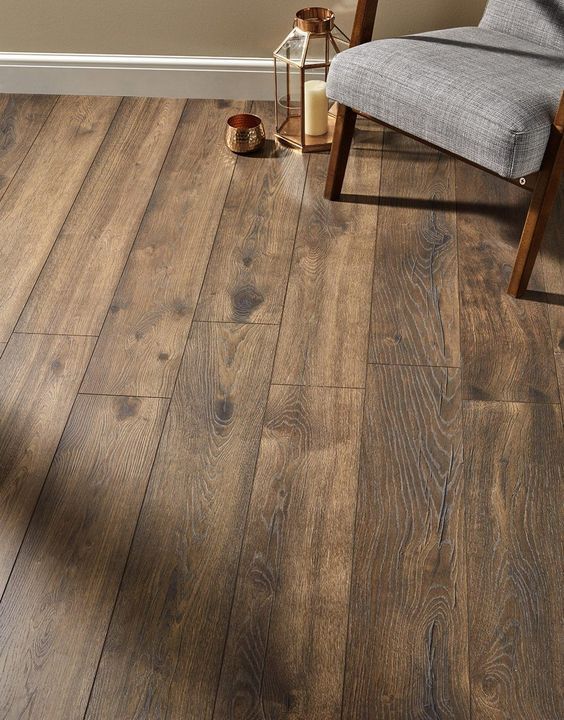Wollongong's leading professional timber flooring service
Have any question? 0242-026-330
Wollongong's leading professional floor sanding & installation services
Have any question? Contact us now !
How to Prevent Fading in Timber Floors
Timber floors add warmth, elegance, and natural beauty to any home. However, they are susceptible to fading due to various factors such as sun exposure, UV rays, and the natural aging process. Direct sunlight can cause the color of the wood to change, leading to uneven fading and a noticeable color difference over time. UV exposure and infrared light (IR light) break down the organic material in the wood, contributing to the fading process. Additionally, different wood species and types of hardwood flooring react differently to sunlight and UV rays, with some being more resistant than others.
Understanding how to prevent fading in timber floors can help maintain their
appearance and longevity. By taking a few preventative measures, such as using window coverings, window films, and protective coatings, you can protect your hardwood floors from sun damage. Using floor coverings like area rugs and mini blinds can also help shield your wood floors from the sun's harmful rays. Whether you have engineered wood or solid hardwood floors, knowing how to reduce light exposure and minimize the effects of natural light is crucial. Here, we explore effective strategies to protect your hardwood floors from sun damage and keep them looking their best.
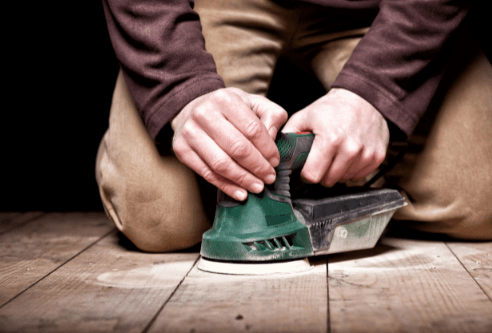
Understanding the Wood Fading Process
The fading process in timber floors is primarily caused by exposure to UV rays, infrared light (IR light), and visible light. UV light and IR light break down the chemical bonds in the wood's surface, leading to color changes and degradation. This exposure can cause the organic material within the wood to deteriorate, resulting in a noticeable color difference. The fading process can be uneven, creating a patchy appearance, especially in areas with varying degrees of sun exposure. Different wood species and types of hardwood floors react differently to light exposure, with some being more prone to fading than others. For example, unfinished wood may fade more quickly compared to wood that has been treated with protective coatings. Additionally, the presence of direct sunlight, especially when not mitigated by window treatments, can accelerate the fading process, making it essential to understand and address these factors to maintain the beauty and longevity of your timber floors.
Step 1: Choose the Right Wood Species
Different wood species have varying levels of resistance to fading. For instance, hardwoods like red oak, white oak, and Brazilian cherry are known for their durability and resistance to UV exposure. Selecting a wood species that naturally withstands sun exposure and UV rays can significantly reduce the risk of fading. Timber reacts differently based on its type, and choosing a hardwood floor with a natural resistance to fading can be an effective preventative measure. Engineered wood can also be a good option, as it often comes with a protective top layer that helps guard against UV exposure.
Step 2: Use Protective Coatings
Applying protective coatings to your hardwood flooring can significantly reduce the impact of UV rays and sun exposure. An oil-based polyurethane finish or other protective coatings can create a barrier that minimizes the penetration of harmful rays, thus protecting the wood floor's surface from fading. These coatings help prevent sun damage and can be reapplied periodically to maintain their effectiveness. Additionally, painting your hardwood floor equally helps to preserve its freshness. By using protective coatings, you can prolong the life of your hardwood floors and maintain their appearance despite regular light exposure.
Step 3: Install Window Treatments
Window treatments such as window coverings, mini blinds, horizontal louvers, and window films can block or filter sunlight, reducing the amount of UV light that reaches your timber floors. Window films are particularly effective in blocking UV exposure and preventing sun damage to your floors. Installing window treatments helps control the amount of direct sunlight that enters your home, protecting your wood floors from the sun's harmful rays. By using these methods, you can prevent uneven fading and maintain the color consistency of your floors. Additionally, window treatments can enhance the aesthetic appeal of your space while providing the necessary protection for your wooden floors.
Step 4: Utilize Area Rugs and Floor Coverings
Area rugs and floor coverings can shield high-traffic areas of your hardwood floors from direct sunlight, preventing uneven fading. Placing rugs in areas where sun exposure is intense can help maintain the uniform appearance of your timber floors. Using floor coverings not only protects the flooring underneath from sun damage but also adds a decorative element to your space. These coverings can effectively block UV rays and IR light, minimizing their impact on your wood floors. By strategically placing area rugs, you can ensure that the most exposed parts of your timber floors are protected from the sun's harmful rays.
Step 5: Use Area Rugs and Floor Coverings
Area rugs and floor coverings can shield high-traffic areas of your hardwood floors from direct sunlight, preventing uneven fading. Placing rugs in areas where sun exposure is intense can help maintain the uniform appearance of your timber floors. Using floor coverings not only protects the flooring underneath from sun damage but also adds a decorative element to your space. These coverings can effectively block UV rays and IR light, minimizing their impact on your wood floors. By strategically placing area rugs, you can ensure that the most exposed parts of your timber floors are protected from the sun's harmful rays.
General Tips
Arrange Furniture Strategically
Rearranging furniture periodically can ensure that the same areas of your hardwood flooring are not constantly exposed to direct sunlight. This can help avoid localized fading and maintain a consistent color throughout your wood floors. Moving furniture around can distribute light exposure more evenly, preventing specific spots from becoming more faded than others. This strategy can mitigate the effects of visible light and infrared light on your hardwood floors, helping to preserve their original appearance. Regularly changing the layout of your furniture can be a simple yet effective way to protect your wood floors from the fading process.
Regular Cleaning and Maintenance
Regular cleaning with a soft broom and gentle cleaners can help maintain the protective coatings on your hardwood floors. Avoid using harsh chemicals that can strip the finish and expose the wood to damage. Keeping your floors clean and well-maintained can prolong their life and appearance. Cleaning not only removes dirt and debris but also helps preserve the integrity of any protective coatings applied to your floors. Using appropriate cleaning tools and methods can prevent scratches and wear on the floor's surface. Regular maintenance ensures that your hardwood floors remain resilient against UV rays, sun exposure, and everyday wear and tear, maintaining their beauty over time.
Control Natural Light
Installing window treatments to control natural light is essential in preventing sun damage to your hardwood flooring. Using window films and window coverings can reduce the intensity of sunlight and its harmful effects on your timber floors. Window films are particularly effective in blocking UV rays, IR light, and visible light that contribute to the fading process. Window coverings such as blinds, curtains, and horizontal louvers can be adjusted to control the amount of light entering the room, thereby protecting your floors from prolonged exposure. Additionally, closing blinds or curtains during peak sunlight hours can minimize direct sunlight exposure, reducing the risk of sun damage and maintaining the natural beauty of your hardwood floors.
Consider Engineered Wood
Engineered wood flooring is often more resistant to fading compared to solid hardwood flooring due to its protective top layer, which withstands UV exposure and the sun's harmful rays. This makes engineered wood a practical choice for areas with high light exposure. Unlike unfinished wood, engineered wood comes with built-in protective coatings that help prevent fading and ensure your floors remain vibrant and durable. For top-quality engineered wood flooring and expert craftsmanship, Wollongong Timber Flooring is your go-to choice. With years of experience and a dedication to superior workmanship, Wollongong Timber Flooring can help you achieve beautiful, long-lasting results for your floors.
The Role of UV-Blocking Treatments
UV-blocking treatments can be applied to windows to reduce the amount of UV light entering a room. These treatments can be an effective way to protect your wooden floors from the harmful effects of UV exposure, thereby preventing fading. UV-blocking window films and coatings can filter out a significant portion of UV rays, IR light, and visible light, shielding your timber floors from sun damage. By reducing UV exposure, these treatments help maintain the color and integrity of your wood floors. Incorporating UV-blocking treatments into your home can be a proactive measure to ensure the longevity and beauty of your hardwood flooring.
Conclusion
Protecting your timber floors from fading requires a combination of preventive measures and regular maintenance. By choosing the right wood species, such as red oak, white oak, or Brazilian cherry, which are naturally resistant to UV exposure, you can reduce the risk of fading. Applying protective coatings like an oil-based polyurethane finish creates a barrier against UV rays and IR light, preserving the wood floor's surface. Installing window treatments such as window coverings, mini blinds, horizontal louvers, and window films effectively block or filter sunlight, reducing direct sunlight exposure. Additionally, placing area rugs and rearranging furniture can prevent uneven fading and maintain the uniform appearance of your floors.
Regular cleaning and maintenance with a soft broom and gentle cleaners help maintain the protective coatings on your hardwood floors, preventing damage and prolonging their life. Engineered wood flooring, with its protective top layer, is often more resistant to fading and a practical choice for areas with high light exposure. UV-blocking treatments on windows further reduce UV light entering a room, offering extra protection for your wooden floors. By combining these strategies, you can ensure that your timber floors remain vibrant, durable, and beautiful for years to come.
About Wollongong Timber Flooring
Are you renovating a 100-year-old floor in a heritage-listed property? Or perhaps you need a first-class finish in your new home? Whatever the case, Wollongong Timber Flooring has the dedication to detail and the experience required to achieve the best possible results for your floors.
With years of timber flooring experience, we take pride in creating nearly any color and finish to suit any timber floor. Our team is committed to offering superior quality workmanship, often working in architecturally designed homes and contributing to vital commercial projects. We take the utmost care with all jobs we attend to, ensuring that every detail is perfect.
Using the newest heavy-duty floor machines, we also possess specialized tools and equipment that standard flooring contractors do not have access to. This allows us to provide exceptional service and results that meet the highest standards. Trust Wollongong Timber Flooring to transform your floors with unparalleled craftsmanship and expertise.
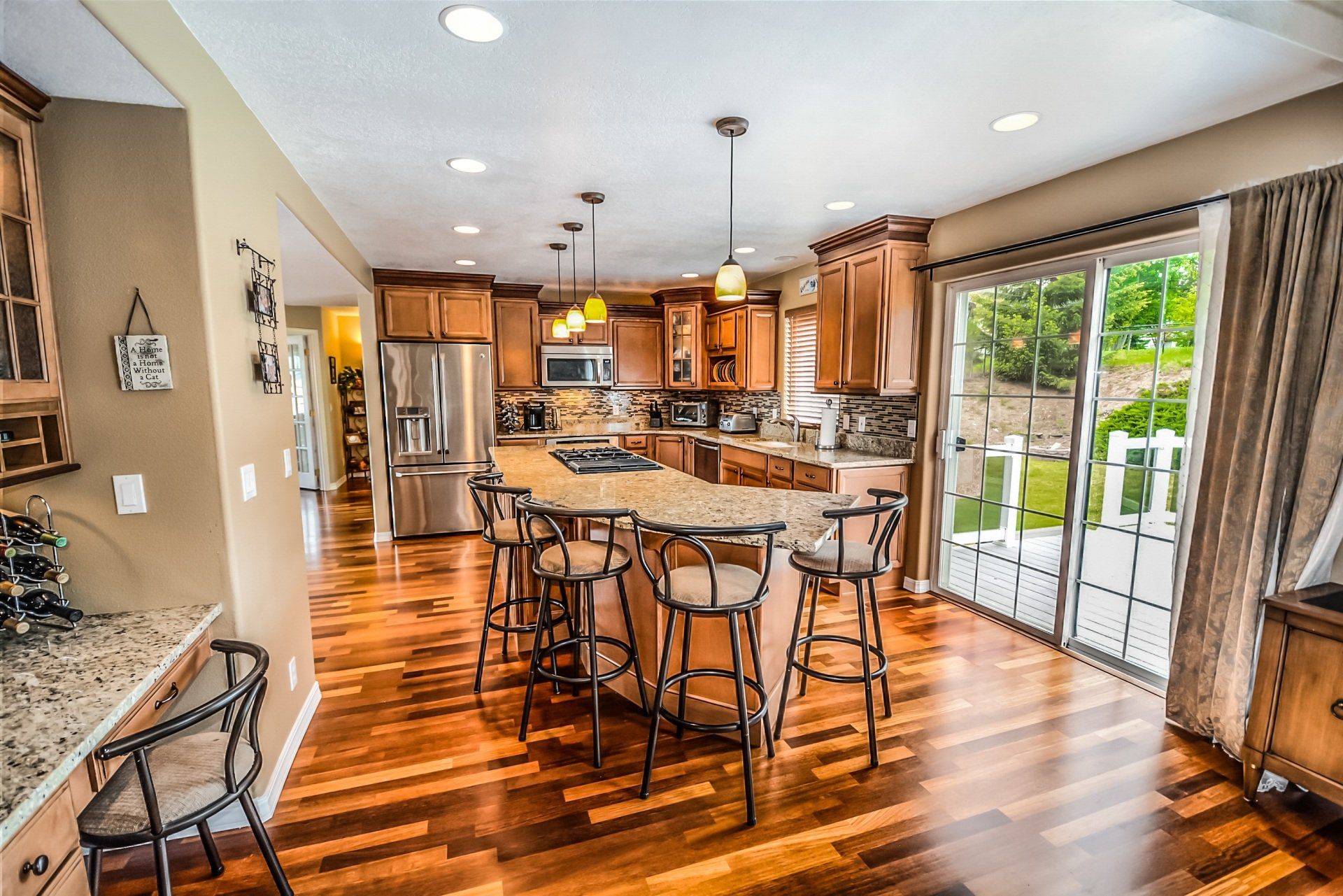
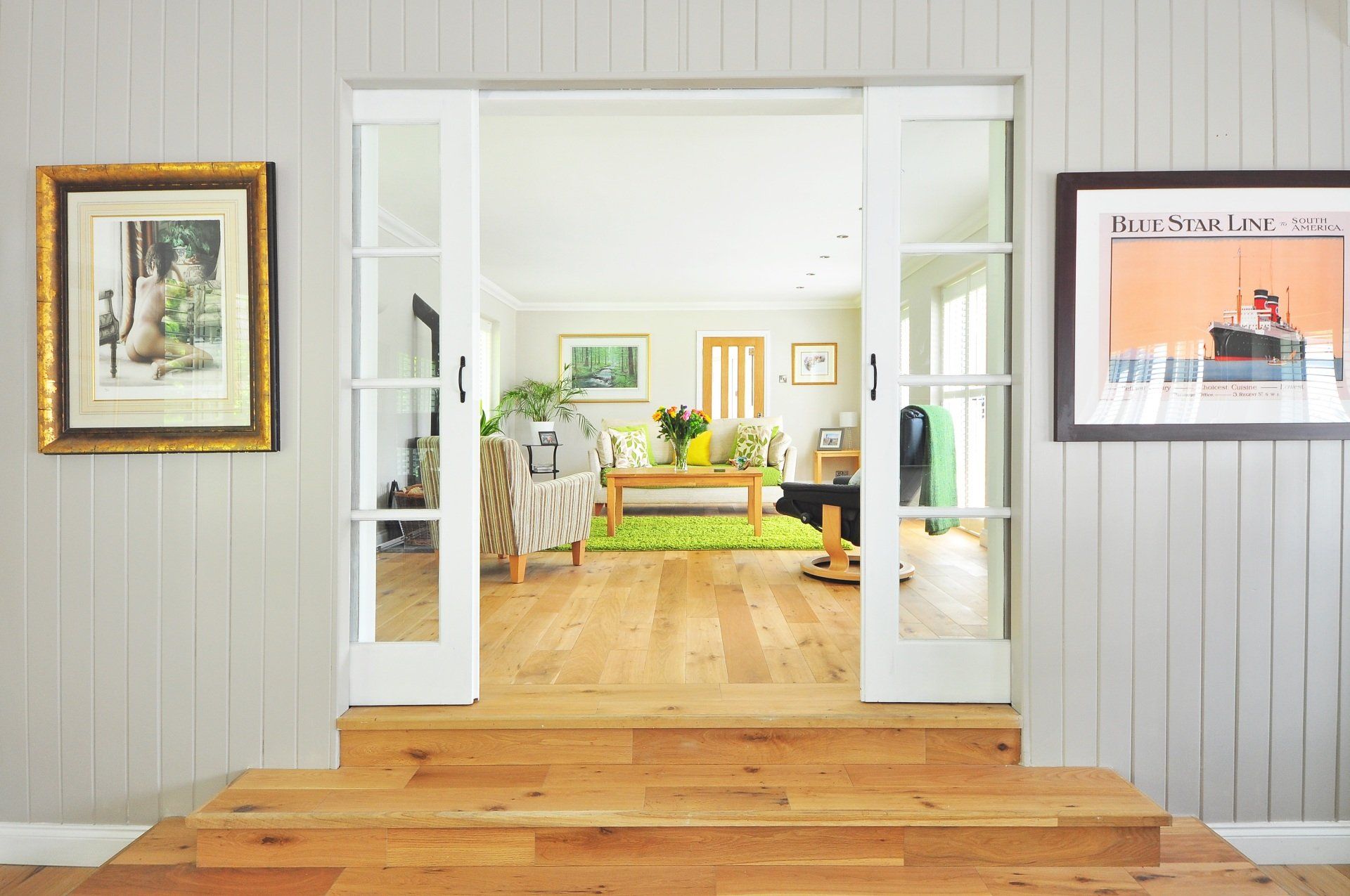
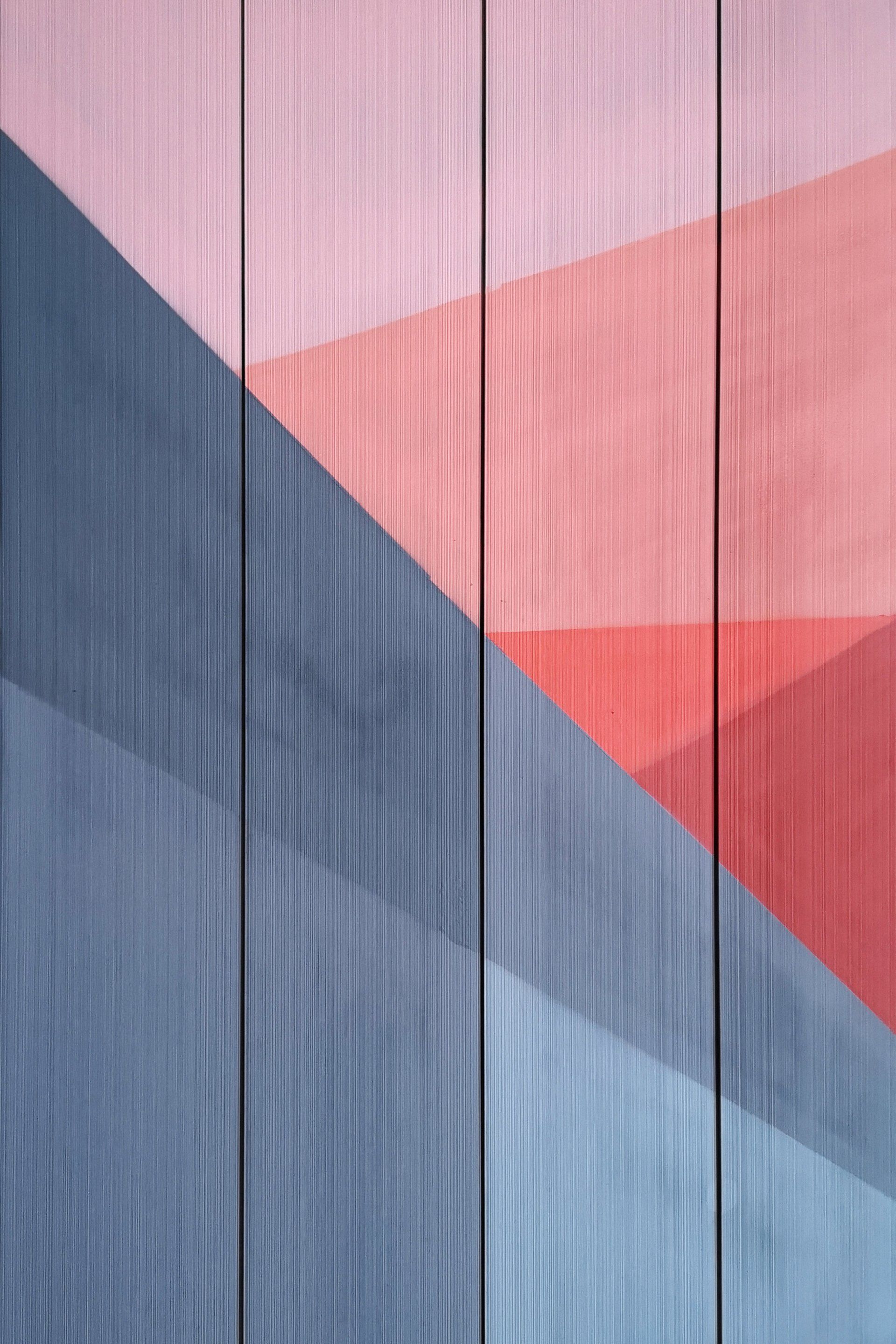
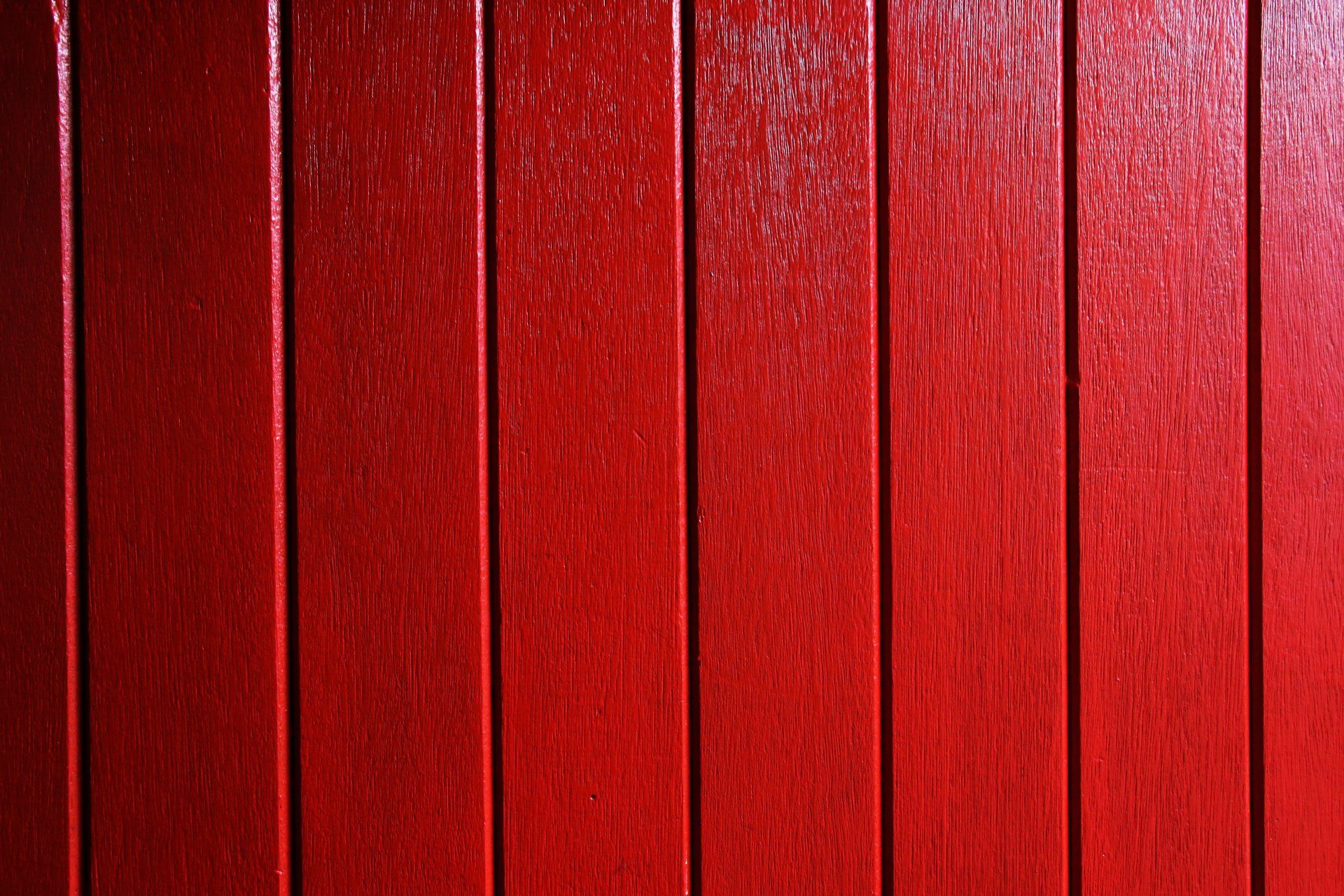
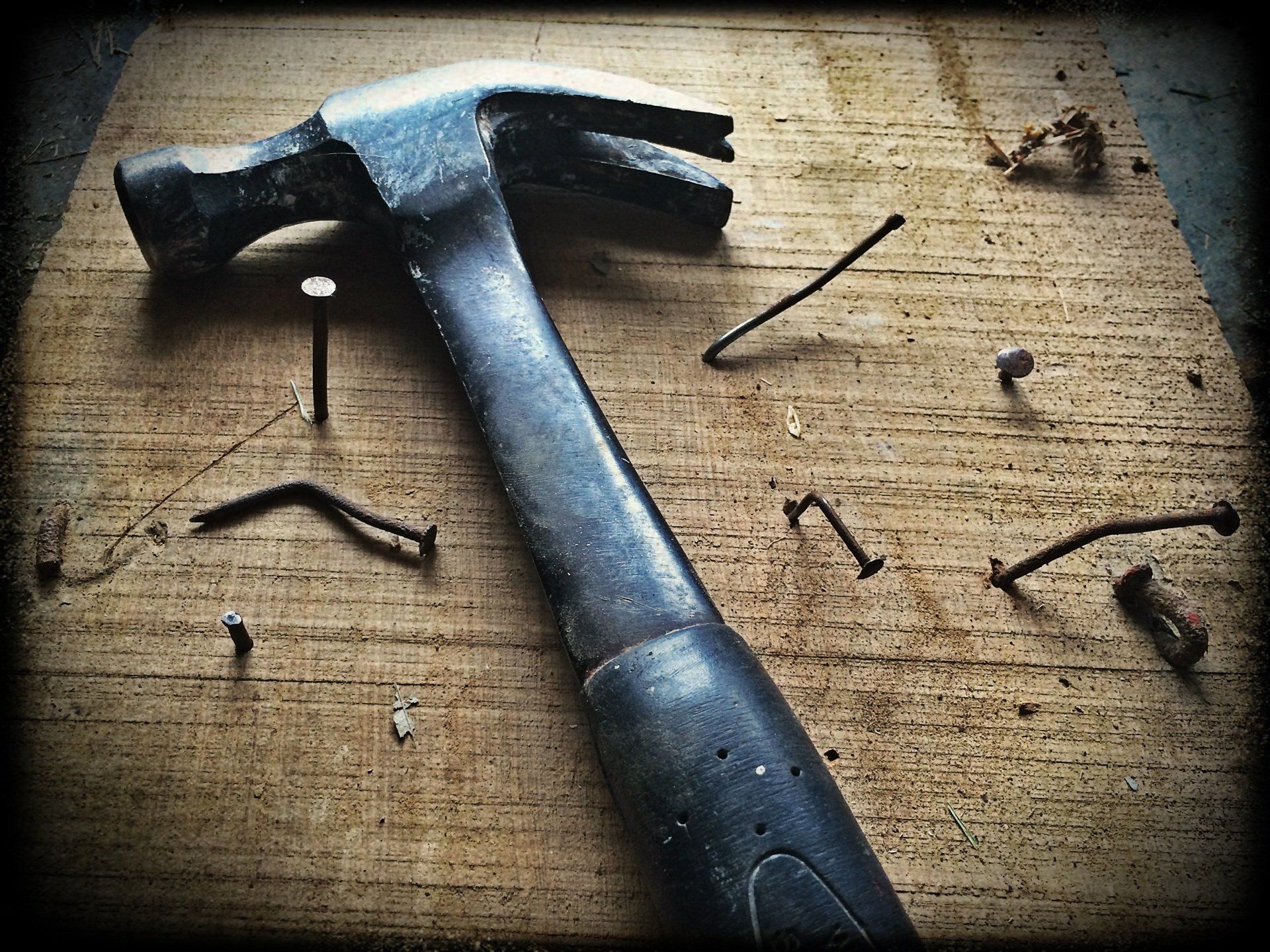
Wollongong Floor Sanding & Installation Service Areas
Floor Sanding & Installation Gwynneville
Floor Sanding & Installation Mount Keira
Floor Sanding & Installation Mount Saint Thomas
Floor Sanding & Installation North Wollongong
Floor Sanding & Installation Spring Hill
Floor Sanding & Installation Woonona
Floor Sanding & Installation Bellambi
Floor Sanding & Installation Corrimal
Floor sanding & Installation Cleveland
Floor sanding & Installation Cringila
Floor sanding & Installation Kemblawarra
Floor sanding & Installation Figtree
Floor sanding & Installation Horsley
Floor sanding & Installation Dapto
Floor sanding & Installation Berkeley
Floor sanding & Installation Thirroul
Floor sanding & Installation Bulli
The best timber flooring provider in Wollongong area
Wollongong's leading professional timber flooring service
Wollongong's
leading professional
timber flooring service
LIST OF SERVICES
CONTACT INFORMATION
All Rights Reserved | Wollongong Timber Flooring
Website & SEO By M.Z Digital
